Duke Energy Tests Next-Gen Energy Storage at Historic Suwannee Site
Could sodium-sulfur technology transform energy storage? First-of-its-kind Duke Energy pilot seeks to find out
Published 06-04-25
Submitted by Duke Energy
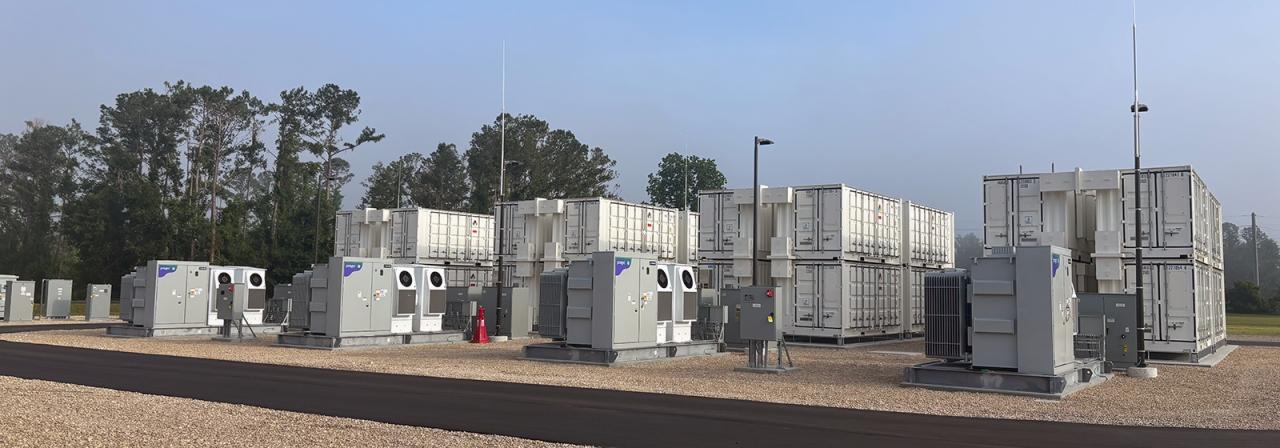
By Gina DiPietro
In 1956, TVs had rabbit ears, phones were attached to the wall, and the Suwannee River Steam Plant near Live Oak, Fla., was a state-of-the-art facility and the largest on Duke Energy’s Florida system.
Today, we have flat-screen TVs, cellphones in our pockets and cleaner energy at Suwannee. Over the years, the site has added natural gas and solar generation, and – after 63 years in operation – retired the original steam plant, all to better serve Florida customers.
Now, Suwannee is taking another leap forward with a pilot project to test a potential alternative to lithium-ion battery energy storage systems (BESS). These systems store energy from intermittent renewables, like solar and wind, and then release it when electricity demand is high.
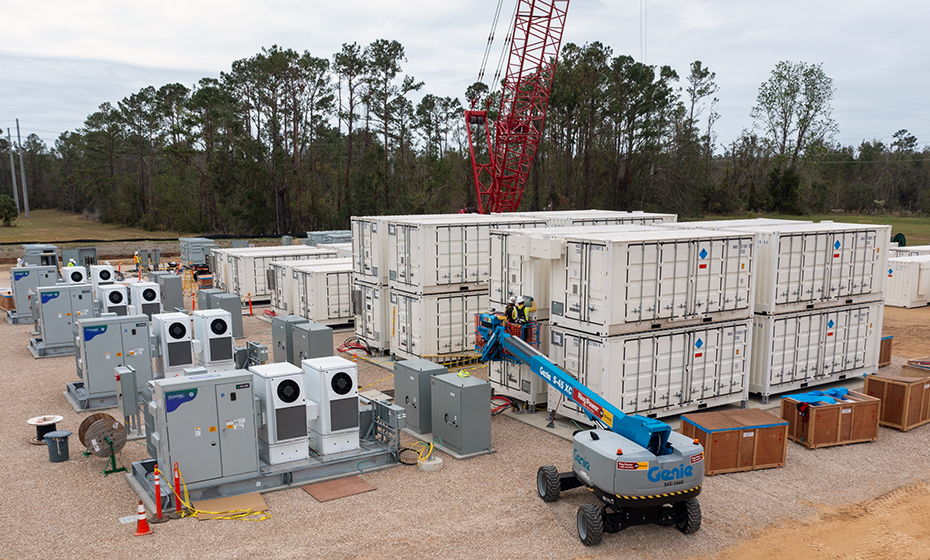
The 5-megawatt (MW) system will utilize sodium-sulfur technology to store energy for up to eight hours – doubling the duration of most commercially available batteries – making this a potential breakthrough in long-duration energy storage.
“Suwannee is in many ways a symbol of Duke Energy’s commitment to continuous innovation,” said Matt Gilton, project originator and execution developer, along with Hans Jacob, director in the company’s Energy Storage Development group. “With this pilot, we are building on the past to explore technology that could transform the future.”
The pilot also marks the first U.S. utility test of the newer version of this German-developed technology.
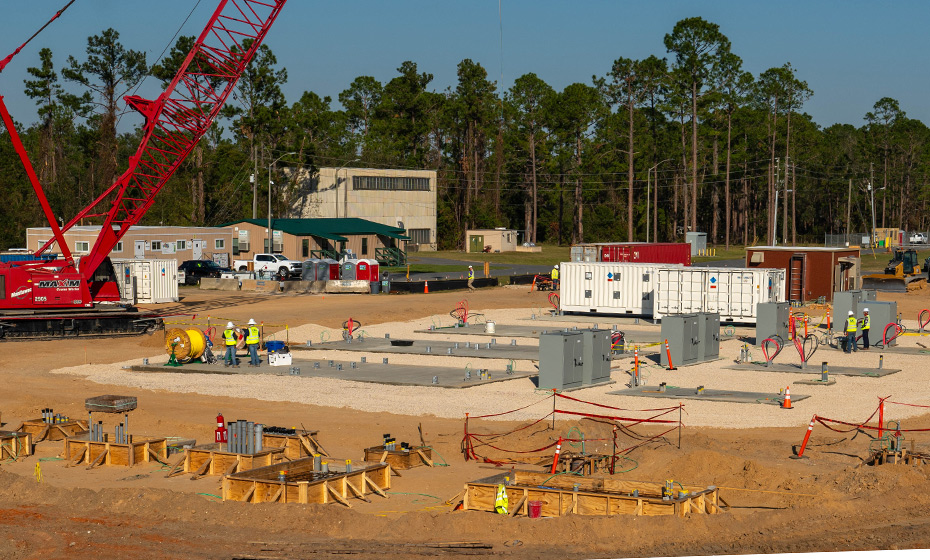
A flexible, reliable grid
By dispatching grid-ready energy instantly, storage systems are a crucial part of the company’s diverse energy portfolio, needed to meet and maintain reliability as energy needs rise across Duke Energy-served communities.
Lithium-ion batteries have dominated the energy storage market for years – but are best suited to store energy for about four hours or less.
While this technology is crucial in the short term, Duke Energy is diversifying across technology types – including long-duration energy storage – to accommodate growth, effectively manage fluctuations in power generation and diversify supply chains.
“Our ultimate objective with the Suwannee project – and everything we do at Duke Energy – is to ensure our customers have access to reliable energy,” said Melissa Seixas, Duke Energy Florida state president. “This innovative technology will give us the flexibility to consistently meet our fellow Floridians’ needs and continue powering their lives for generations to come.”
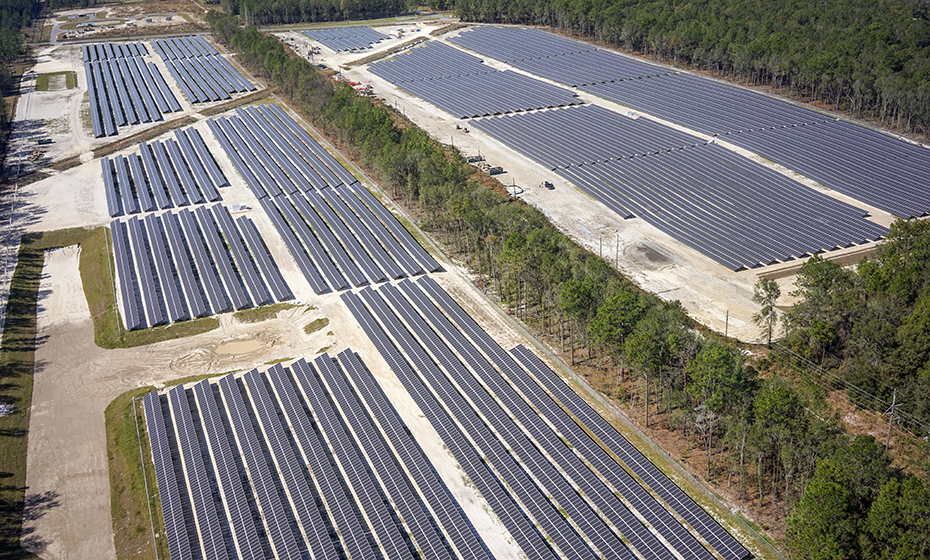
Seeking alternatives to lithium-ion
Duke Energy’s Emerging Technology Assessment Team (ETAT) evaluated more than 80 energy storage options, examining each for their technological and economic advantages, before selecting the pilot technology.
Sodium-sulfur (NaS) batteries offer advantages like high energy density, which is important for grid-scale deployments since they can store more energy in a smaller space compared to alternative technologies; they can also be quickly charged and discharged to respond to fluctuating grid demands.
What’s more: Sodium and sulfur are abundant and relatively inexpensive materials, so this technology has the potential to be more cost effective as the need for longer-duration storage increases.
“This pilot will help us study the technology’s performance, efficiency, and interaction with the grid,” Gilton said. “And we’ll share our findings with Electric Power Research Institute (EPRI) and other organizations.”
Project Director Larry Watson added, “We know that other utilities are watching this project, so it could affect energy production and storage across the country.”
Building a smarter energy future
The Suwannee site was an ideal choice for the pilot, offering infrastructure from the retired steam plant to simplify grid connections. It also continues a legacy of innovation at a location with deep community ties.
“We have a long-standing relationship with Suwannee County,” said Danny Collins, director of Government and Community Relations at Duke Energy Florida. “Many people here worked at the old plant, and now their kids work for the company. This investment benefits both the local economy and our company goals.”
For Gilton, the project is personal. “This pilot is a big learning opportunity and a tangible step toward a smarter energy future,” he said. “As both an employee and a dad to two young kids, I want to leave the planet in better shape than we found it.”
View original content here.
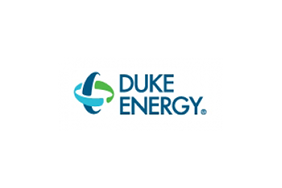
Duke Energy
Duke Energy
Duke Energy (NYSE: DUK), a Fortune 150 company headquartered in Charlotte, N.C., is one of America’s largest energy holding companies. The company’s electric utilities serve 8.4 million customers in North Carolina, South Carolina, Florida, Indiana, Ohio and Kentucky, and collectively own 54,800 megawatts of energy capacity. Its natural gas utilities serve 1.7 million customers in North Carolina, South Carolina, Tennessee, Ohio and Kentucky.
Duke Energy is executing an ambitious energy transition, keeping customer reliability and value at the forefront as it builds a smarter energy future. The company is investing in major electric grid upgrades and cleaner generation, including natural gas, nuclear, renewables and energy storage.
More information is available at duke-energy.com and the Duke Energy News Center. Follow Duke Energy on X, LinkedIn, Instagram and Facebook, and visit illumination for stories about the people and innovations powering our energy transition.
More from Duke Energy

